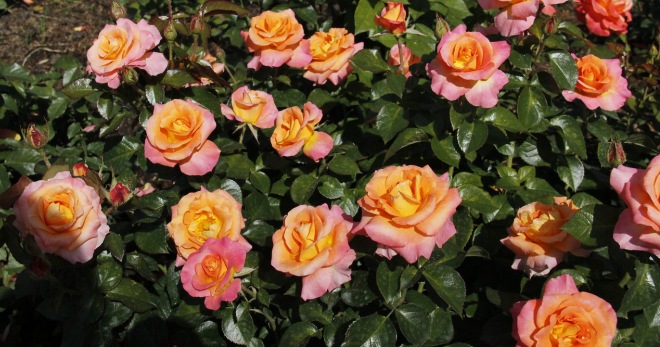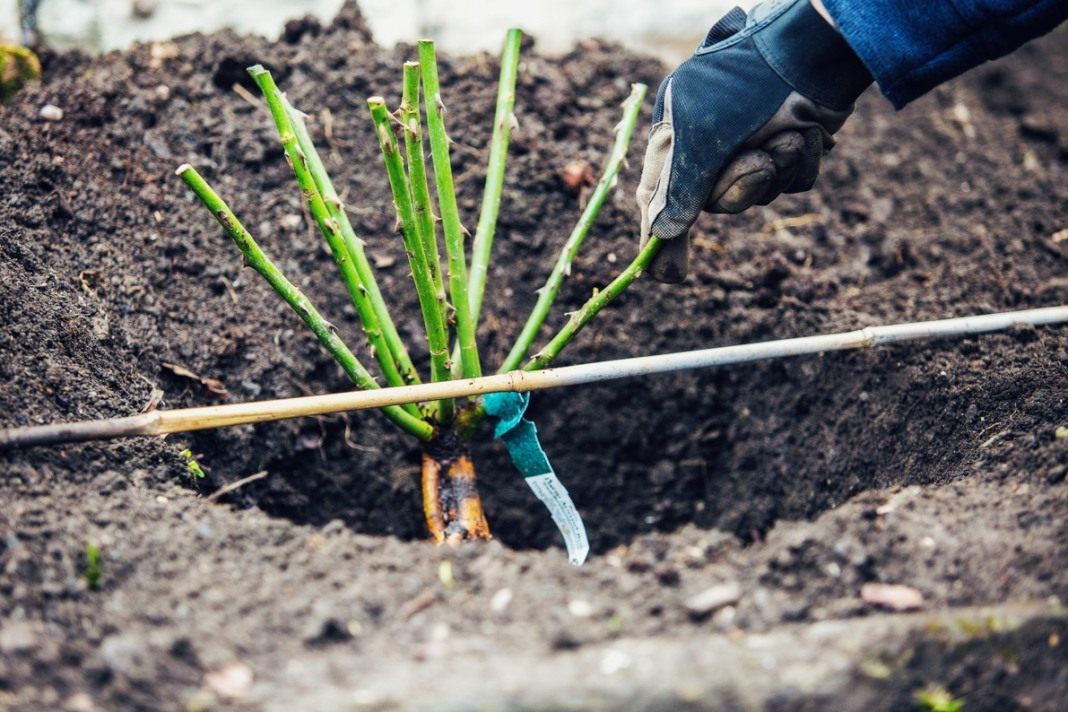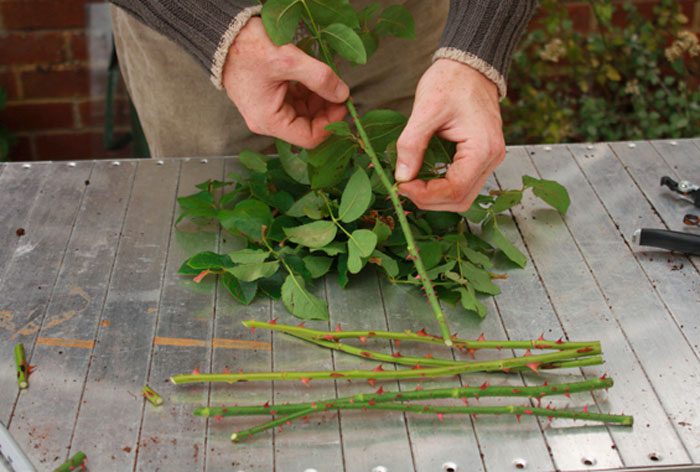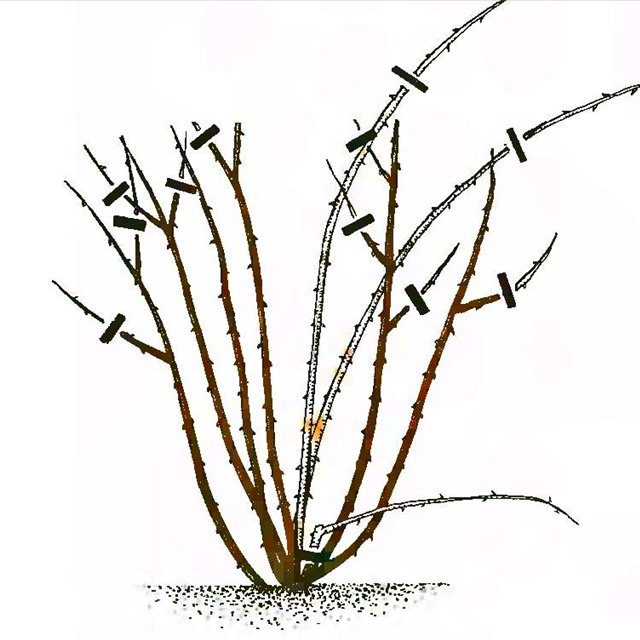Content:
Of all the garden flowers, hybrid tea roses are the most popular. This species surpasses all known varieties by its qualities. They are distinguished by beautiful large flowers, a delicate smell, and grow on tall bushes.
Features of hybrid tea roses
Breeders by crossing a tea rose with a remontant have bred a large number of hybrid tea roses, different colors and shades, aromas and flower shapes. This hybrid is characterized by constant flowering, frost resistance, and disease resistance. It is great for decorating small areas, it is easy to give it a standard shape by turning bushes into bouquets of trees.
Cultivation of hybrid tea roses in flower beds is used to decorate personal plots, and in greenhouses, in greenhouses, they are planted for cutting into bouquets.
Varieties of varieties allow you to choose a hybrid for every taste, they are chosen taking into account personal taste, local climate and characteristics of the planting site.
Hybrid tea roses - planting and care
The best time for planting and caring for a hybrid tea rose outdoors is early May. Bushes are planted in sunny, sheltered from the wind areas in weakly acidic loose soil. The pits are prepared so deep that the roots fit freely and do not bend. Humus, mineral fertilizers are added to the pit for the favorable formation and development of the root system.
After opening the package, before planting the seedlings in the ground, they are immersed in water for several hours so that they are saturated with moisture.
Reproduction of roses in the summer in the open field
At home, hybrid roses can be propagated by grafting and cuttings. Gardeners prefer to plant roses in the summer from late July to early September. During this time, the bud grows together with the stock, and it will start growing only the next year.
It is easy to grow roses at home from cuttings correctly. Can be propagated by cuttings when the stems are in flowering stage. Cuttings are chosen from the middle of the stem, not too thick or too thin. Cut into pieces with 2-3 buds. Cut obliquely from the bottom under the bud, from above - straight, 2 cm above the upper bud, removing the leaves by a third. Seedlings can be planted in the shade under trees to avoid direct sunlight. Cover with glass or plastic jars on top. Watering is carried out between shelters.
Further care
For growth and continuous flowering, shrubs need to be looked after: fed with mineral and organic fertilizers containing phosphorus, potassium and magnesium, moisten the soil, cut off branches.
Lack of moisture can lead to wilting and partial shedding of leaves, slowing down the growth of shoots. The flowers become small, the color of the petals fades.
It is recommended to mulch the soil around the bush to keep the plant roots from drying out and overheating.
Roses need pruning throughout the season. In the spring, in the first year, the branches are cut for 2-3 buds, in subsequent years - for 5-7 buds.
Summer pruning encourages re-blooming. Wilted flowers with a small part of the shoots are removed.
In the fall, the plants are prepared for winter. In mid-October, dry, old and diseased branches are cut, and the inflorescences are removed. In order for the bushes to winter well, they are covered with dry leaves or branches of pine trees, sprinkled on top with a layer of earth or peat.
Taking care of the bright flowers, you can soon enjoy blooming flower beds of incredible beauty.
















